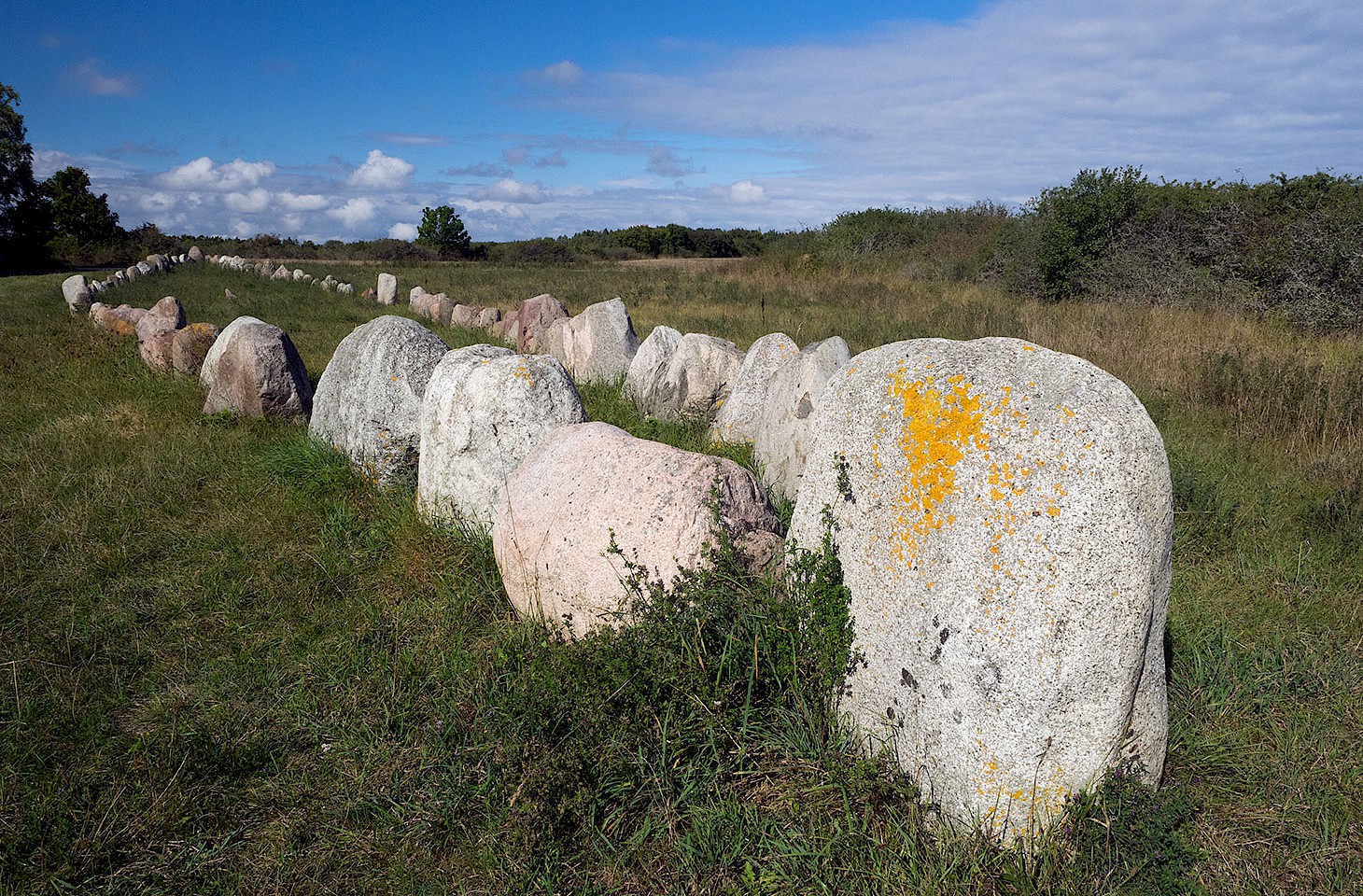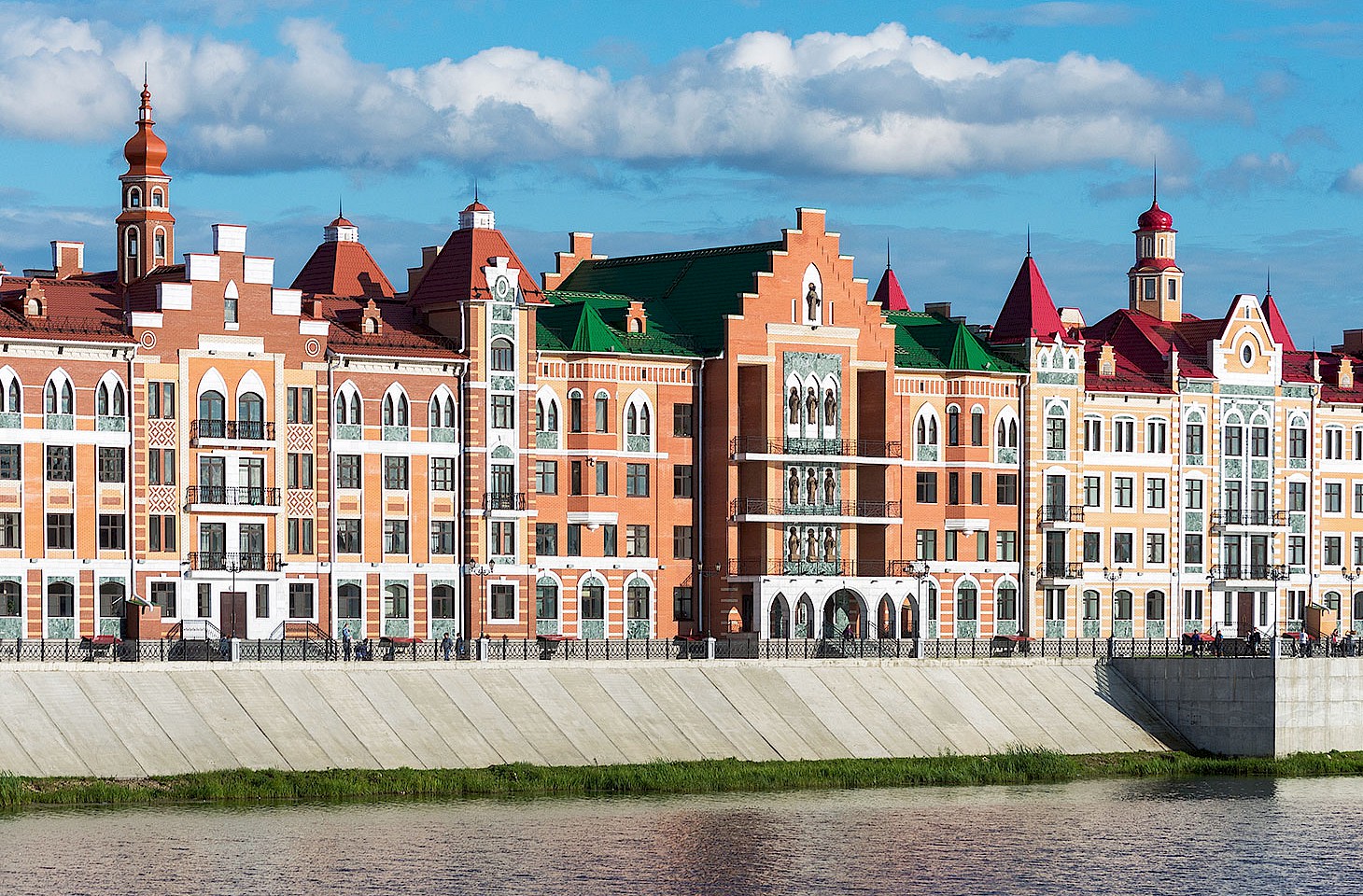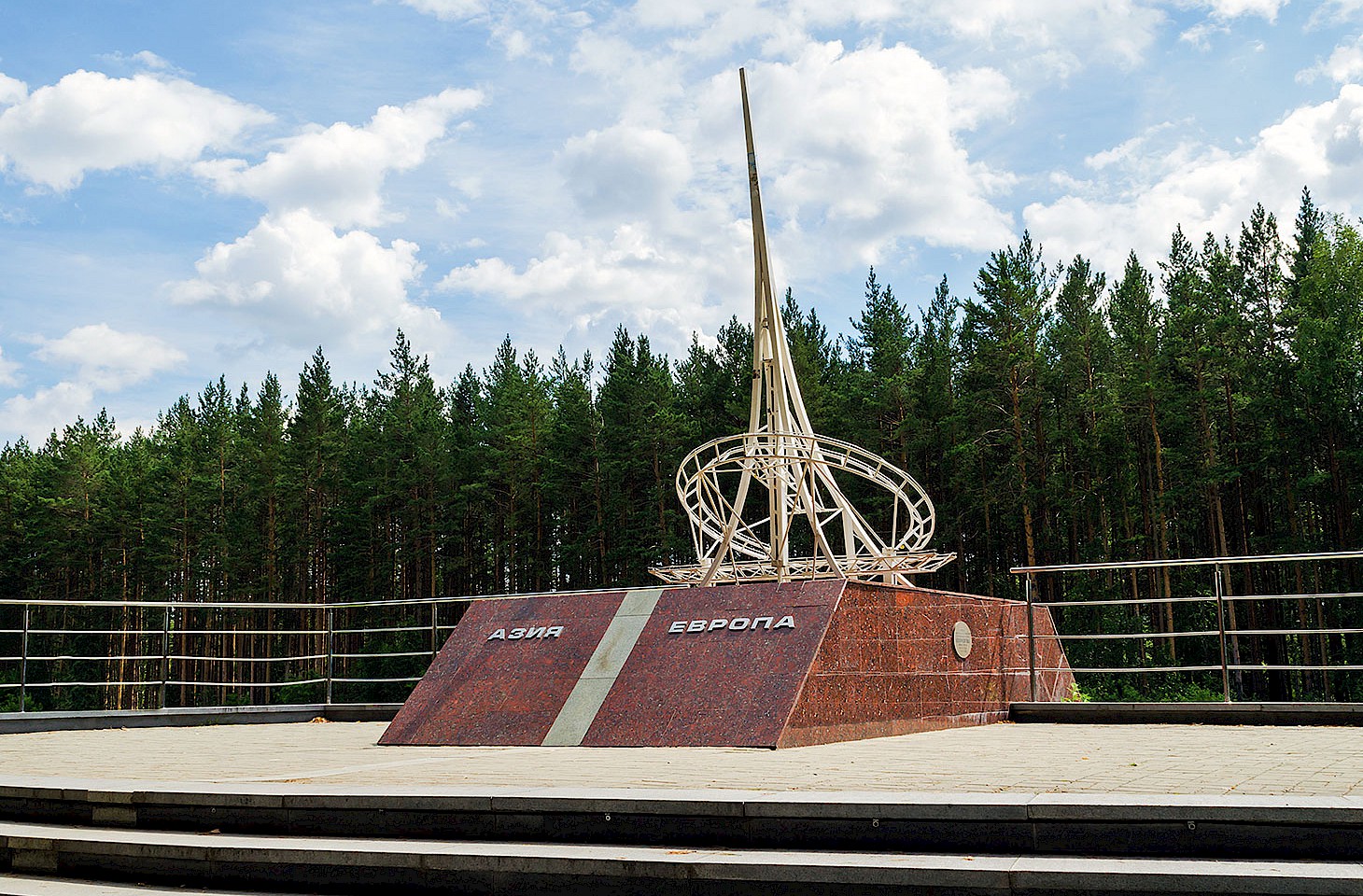Dear fellow travellers
Yuri overstayed the limit. So he was given a ticket. Then the authorities ushered Yuri out of town. Now he's parked outside the airport terminal. How long he'll stay there is a matter for debate. Our guess is that, as long as Russians keep flying into town, Yuri will be allowed to stay outside the airport.
Russians love Karlovy Vary, the spa town in Bohemia also known as Carlsbad (or Karlsbad). Russians come in their thousands. The local airport is just waiting to be discovered by discount air carriers from western and central Europe, and when that happens - as eventually it surely will - the beautiful hills and valleys of these Czech borderlands will make a big impression on visitors from a wide range of EU countries. But until that day, Karlovy Vary remains a home-away-from-home for visitors from Russia. Every single regular scheduled flight into Karlovy Vary airport this spring originates in the Russian Federation.
The passengers stream off the planes and then pass through the small terminal to emerge in bright sunshine next to where Yuri is parked. Yuri is a larger-than-life statue of Russia's pioneering cosmonaut. At first sight it looks as though Yuri is wrapped in tin foil, but the sculptor surely wanted it to appear that the cosmonaut was wearing a silver spacesuit. The first man in space has his right hand raised in greeting. A scatter of red roses lie at the base of the plinth on which Yuri stands.
Yuri Gagarin's space flight lasted just 108 minutes. But it made the first man in space an instant hero on most of the world stage. We live in a part of Europe where the names of schools, concert halls and public parks recall Yuri Gagarin. When a new indoor facility for taking the local mineral waters was opened in Karlovy Vary in 1975, it was named after the Russian cosmonaut: Vrídelní kolonáda Jurije Gagarina (Yuri Gagarin Hot Spring Colonnade). The cosmonaut died in an air crash in 1968 at the age of just 34 - a cause for a great outpouring of public grief. Gagarin's premature demise ensured that he has remained for ever young in the public imagination. So it was no surprise that the huge statue of Yuri Gagarin at the colonnade was as big an attraction as the hot springs. The faithful queued to have their photos taken next to Yuri.
But Yuri outstayed his welcome in the middle of town and eventually he was banished to the airport where nowadays he gives a first photo op for new arrivals from Russia. Another long-time resident of the colonnade was Karl Marx, though the eminent philosopher never quite commanded the same celebrity status as Yuri. Karl too was moved on.
The central spa area of Karlovy Vary boasts one of the most assertively Russian streetscapes anywhere in the European Union. The ubiquity of Russian signage and advertisements surely makes Russian visitors feel very much at home. On one of the woodland walks that wind up the west side of Teplá Valley (in which the spa lies), there is a striking monument to Peter the Great. A little further north, there is a magnificent Russian Orthodox church. The cadence of Russian voices fills the air. It just makes us wonder if Yuri might one day get a second chance to stand centre-stage in the middle of town.
Nicky Gardner and Susanne Kries
(editors, hidden europe magazine)




